RIDL
Rogue In-flight Data Load
Stephan van Schaik - Alyssa Milburn
Sebastian Österlund - Pietro Frigo - Giorgi Maisuradze*
Kaveh Razavi - Herbert Bos - Cristiano Giuffrida
*
MDS Attacks
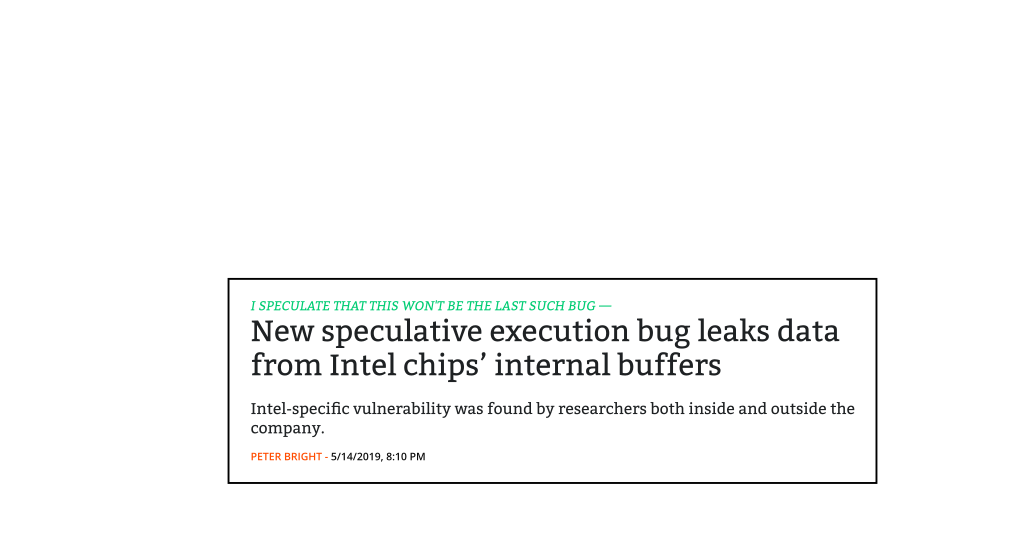
MDS Attacks

MDS Attacks
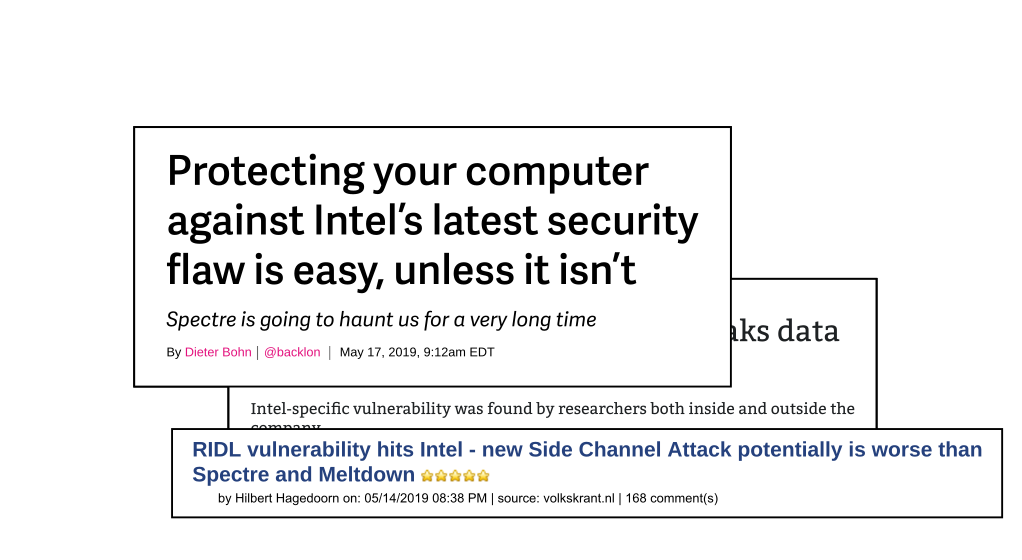
MDS Attacks
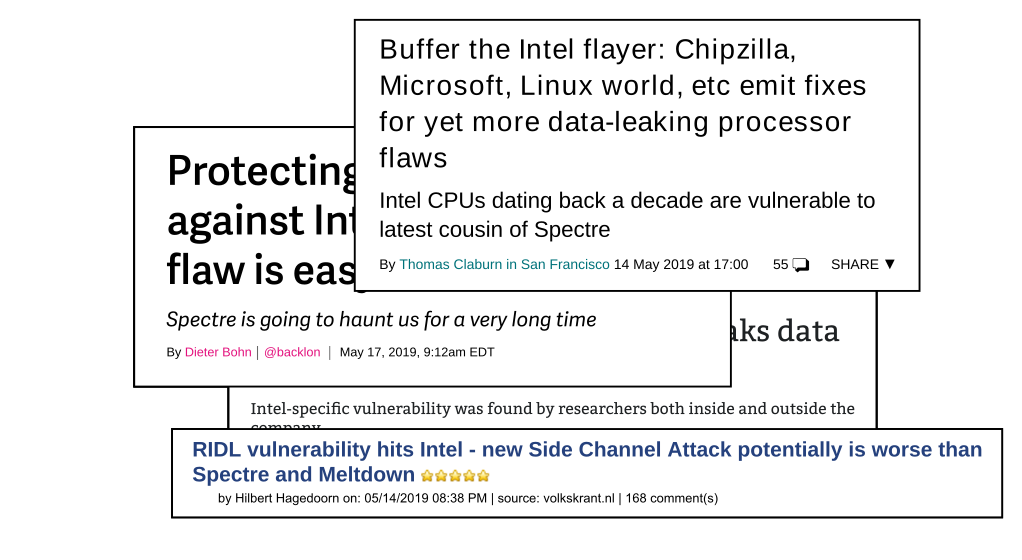
MDS Attacks
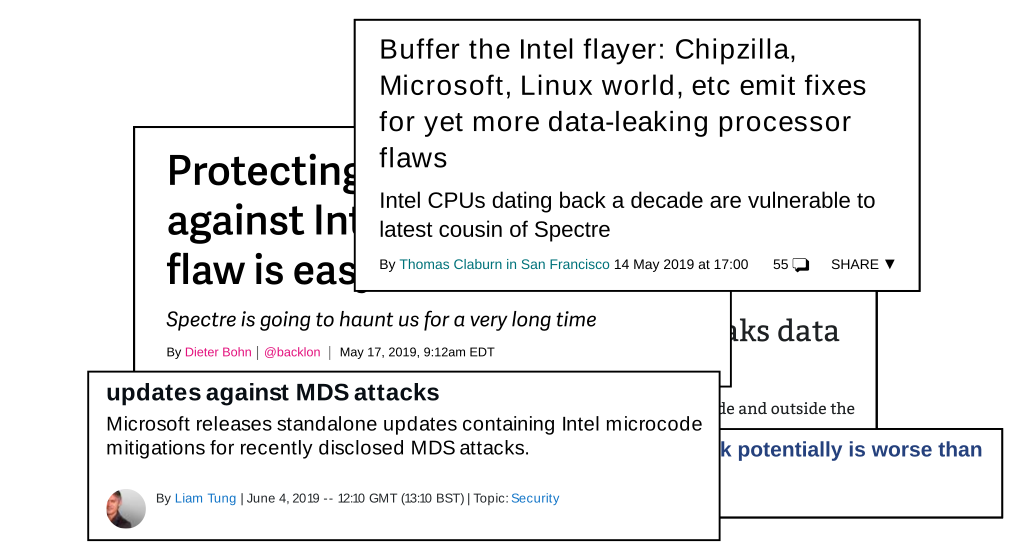
MDS Attacks
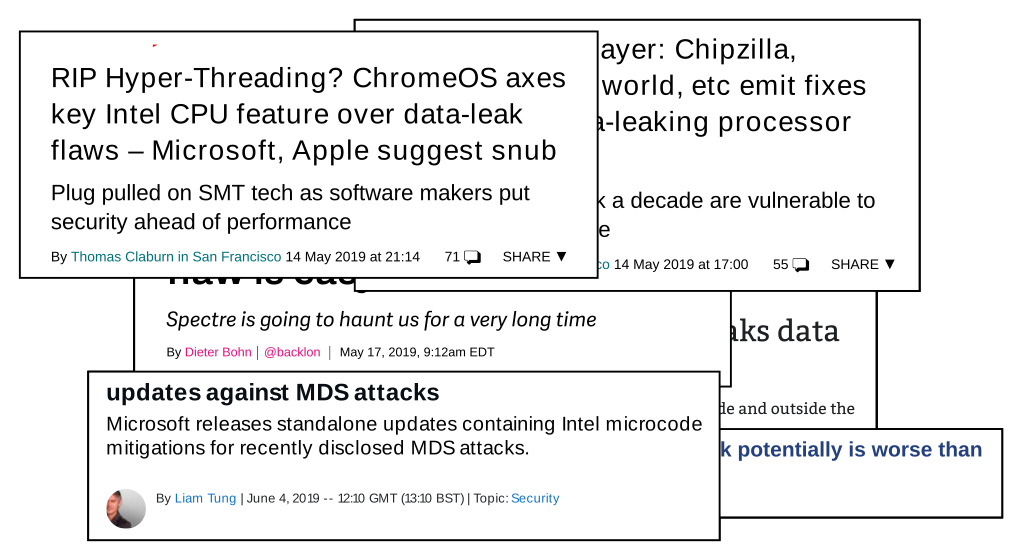
Let’s first talk about cache attacks
Background
Background
Background
FLUSH + RELOAD
FLUSH + RELOAD
FLUSH + RELOAD
FLUSH + RELOAD
FLUSH + RELOAD
FLUSH + RELOAD
FLUSH + RELOAD
FLUSH + RELOAD
FLUSH + RELOAD
FLUSH + RELOAD
FLUSH + RELOAD
FLUSH + RELOAD
FLUSH + RELOAD
FLUSH + RELOAD
FLUSH + RELOAD
Previous Attacks
Previous Attacks
Meltdown
Spectre
Foreshadow or L1TF
Mitigations
Kernel Page Table Isolation
Array index masking
XOR masking
KPTI
Problem: leak kernel data from virtual addresses
KPTI
Solution: unmap kernel addresses
So we have a system with all mitigations in-place
What can we still do as an attacker?
Meet Rogue In-flight Data Load or RIDL
A new class of speculative execution attacks
that knows no boundaries
Privilege levels are just a social construct
Security Domains
We can leak between hardware threads!
Security Domains
But can we leak across other security domains?
Security Domains
Yes, we can!
Security Domains
We leak from the kernel …
Security Domains
... across VMs …
Security Domains
... from the hypervisor …
Security Domains
... and from SGX enclaves!
We leak across all security domains!
Security Domains
Can we leak in the web browser?
Security Domains
Yes, we can!
We reproduced RIDL in Mozilla Firefox
⇒ No need for special instructions
We leak across security domains, and in the browser!
Memory addresses are a social construct too
Previous Attacks
Previous attacks show we can speculatively leak from addresses
Previous Attacks
Our mitigation efforts focus on isolating/masking addresses
Spectre: access out-of-bound addresses
Meltdown: leak kernel data from virtual addresses
Foreshadow: leak from physical address
Spectre: mask array index to limit address range
Meltdown: unmap kernel addresses from userspace
Foreshadow: invalidate physical address
Previous Attacks
Previous attacks exploit addressing
Mitigation by isolating/masking addresses
RIDL
RIDL does not depend on addressing:
⇒ Bypass all address-based security checks
⇒ Makes RIDL hard to mitigate
What CPUs does RIDL affect?
We bought Intel and AMD CPUs from almost every generation since 2008
... and sent the invoices to our professor Herbert Bos
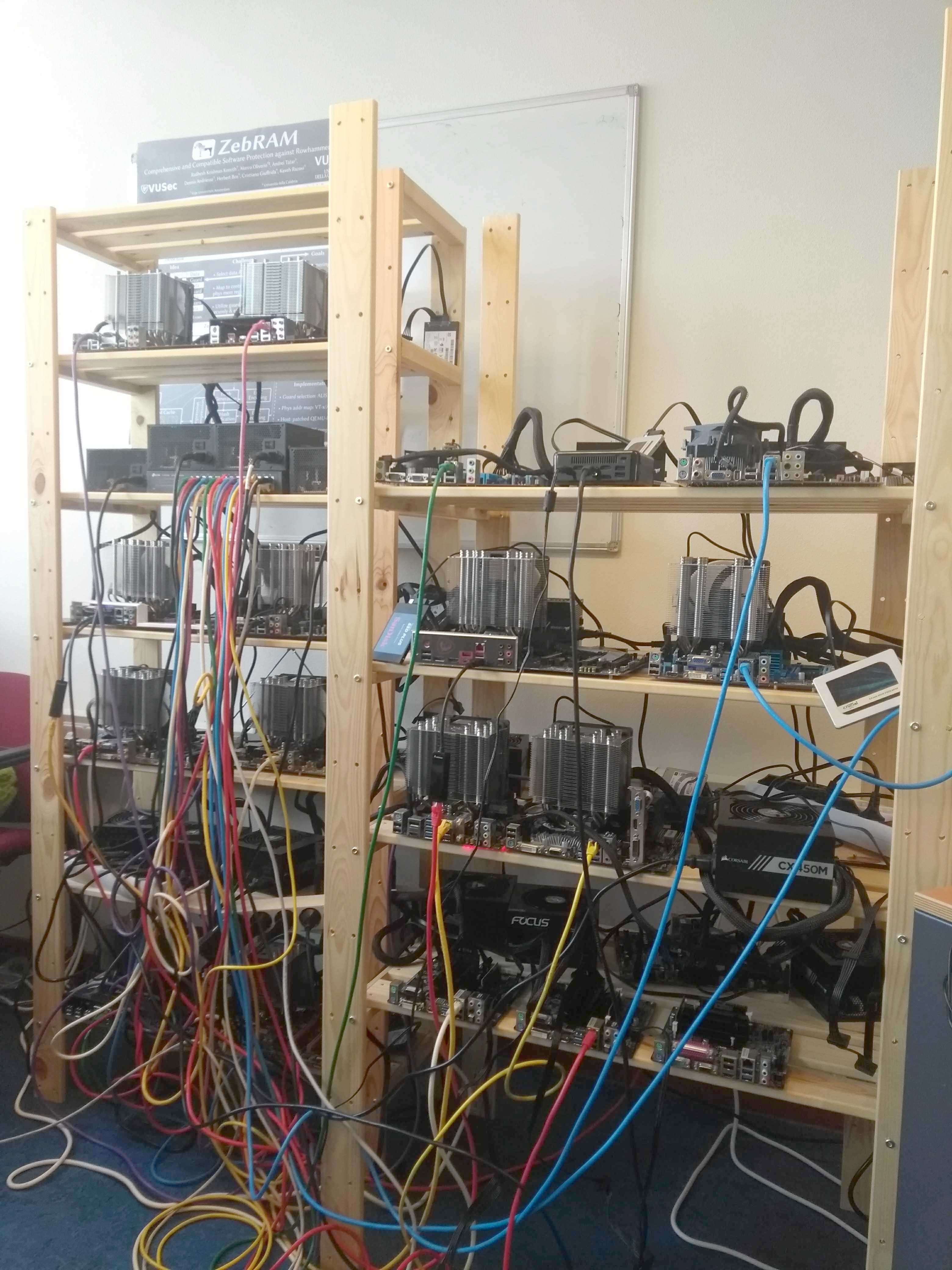
RIDL works on all mainstream Intel CPUs since 2008

Intel announces Coffee Lake Refresh
In-silicon mitigations against Meltdown and Foreshadow
Let’s buy the Intel Core i9-9900K!
... and send another invoice to our professor Herbert Bos
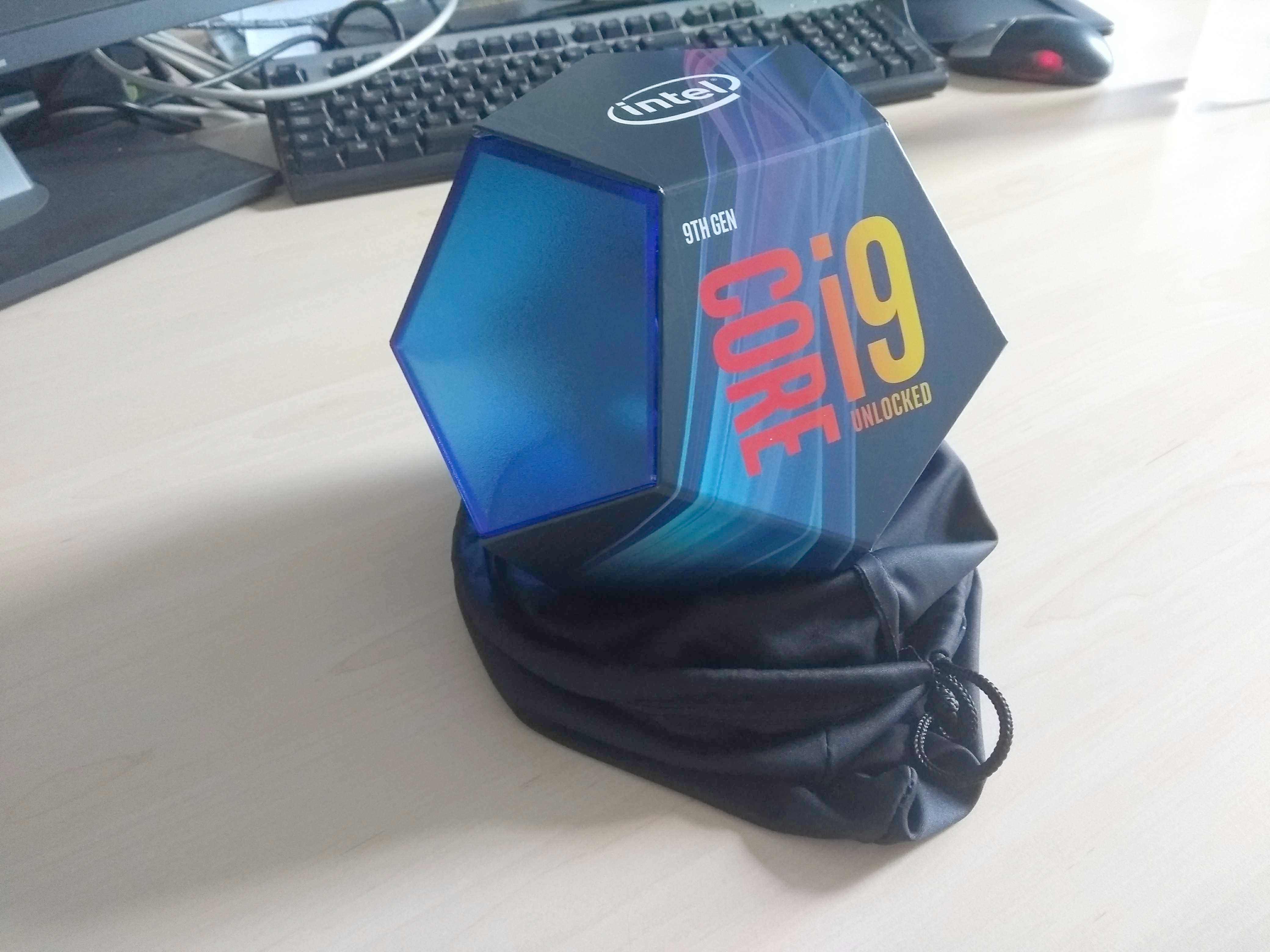
We got it the day after we submitted the paper
===
RIDL works regardless of these in-silicon mitigations
AMD
We also tried to reproduce it on AMD
AMD
We also tried to reproduce it on AMD
RIDL does not affect AMD
But where are we actually leaking from?
Leaky Sources
Leaky Sources
Previous attacks had it easy, they leak from caches
Leaky Sources
Caches are well documented and well understood.
Leaky Sources
But RIDL does not leak from caches!
Leaky Sources
But what else is there to leak from?
Leaky Sources
There are other internal CPU buffers
Leaky Sources
Line Fill Buffers, Store Buffers and Load Ports
Leaky Sources
But there is more!
Leaky Sources
Uncached Memory
We can leak from various internal CPU buffers!
RIDL is a class of speculative execution attacks
also known as Micro-architectural Data Sampling
Let’s focus on one particular instance:
Line Fill Buffers
Manuals
We first read the manuals
Some references to internal CPU buffers
But no further explanation
Where would you even start?
That’s why we started reading patents instead!
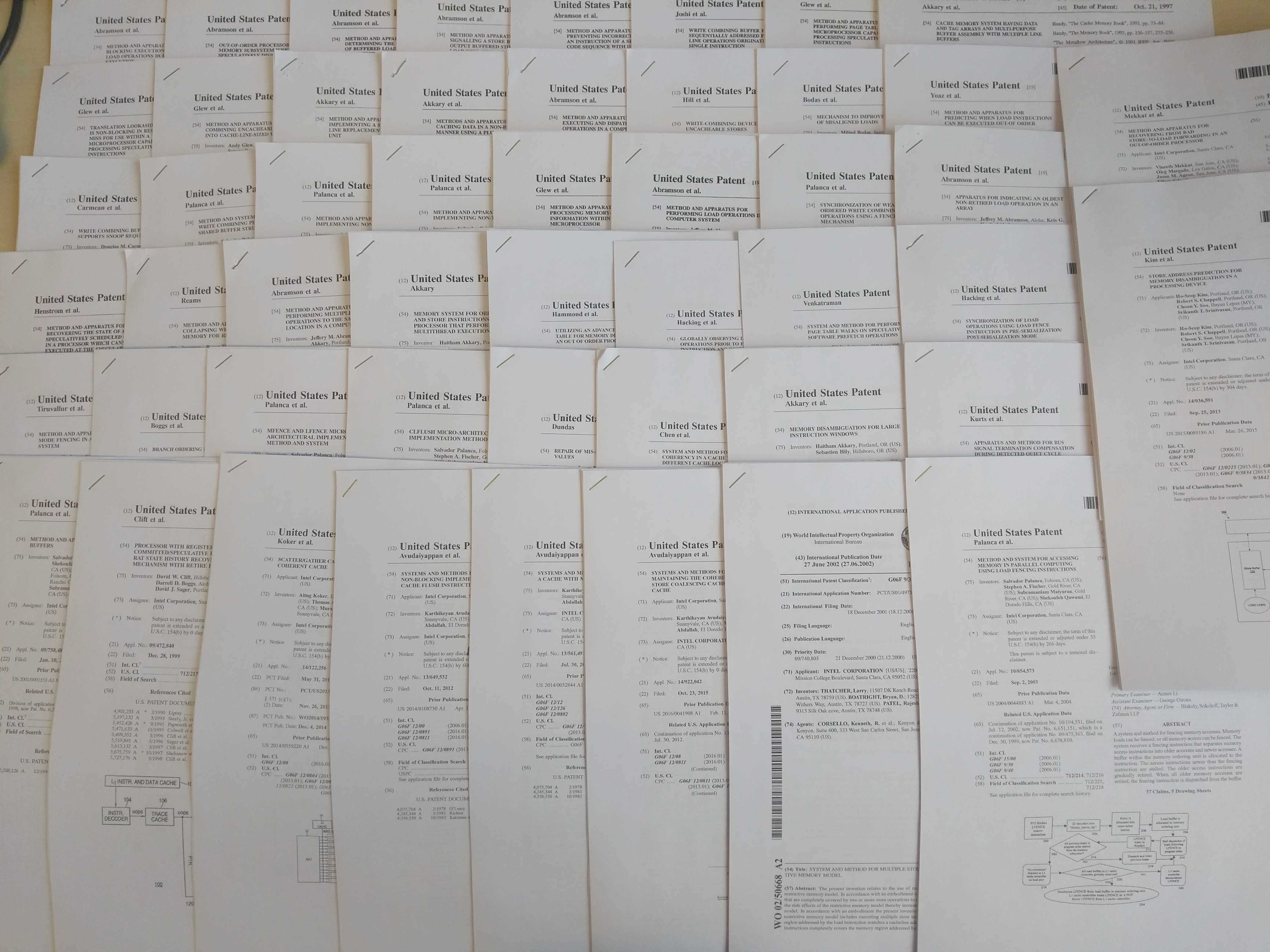
We read a lot of patents, and survived!
So today I can tell you a bit more about them
But wait, what are these
Line Fill Buffers?
Line Fill Buffers?
Central buffer between execution units, L1d and L2 to improve memory throughput
Line Fill Buffers?
Central buffer between execution units, L1d and L2 to improve memory throughput
Line Fill Buffers?
Central buffer between execution units, L1d and L2 to improve memory throughput
Line Fill Buffers?
Central buffer between execution units, L1d and L2 to improve memory throughput
Line Fill Buffers?
Multiple roles:
Asynchronous memory requests
Load squashing
Write combining
Uncached memory
Line Fill Buffers?
Multiple roles:
Asynchronous memory requests
Load squashing
Write combining
Uncached memory
Line Fill Buffers?
CPU design: what to do on a cache miss?
Send out memory request
Wait for completion
Blocks other loads/stores
Line Fill Buffers?
Solution: keep track of address in LFB
Send out memory request
Allocate LFB entry
Store address in LFB
Serve other loads/stores
Pending request eventually completes
Line Fill Buffers?
Solution: keep track of address in LFB
Send out memory request
Allocate LFB entry
Store address in LFB
Serve other loads/stores
Pending request eventually completes
Line Fill Buffers?
Allocate LFB entry
May contain data from previous load
RIDL exploits this
Experiments
Experiments in the paper
Experiments
Experiments in the paper
Experiments
Experiments in the paper
Experiments
Conclusion: our primary RIDL instance leaks from Line Fill Buffers
Cool… so how do we actually mount a RIDL attack?
Ideas
We can leak in-flight data
Let’s get some sensitive data in-flight!
Confused deputy
Observation: invoking
passwdutility reads/etc/shadowcontentsWe can control the affinity of the process with
tasksetTry to leak from the other Hyper-Thread when
/etc/shadowis in-flightNot so easy…
Challenges
We need to synchronize or do some post-processing
Challenges
We need to synchronize or do some post-processing
Synchronize: not possible, we cannot change
passwdbinary
Challenges
We need to synchronize or do some post-processing
Synchronize: not possible, we cannot change
passwdbinaryPost-processing: we can repeat measurements, stitch them together
Challenges
Challenges
What does this program look like?
Challenges

RIDL is like drinking from a fire hose

You just get whatever data is in flight!
Filtering Data
How can we filter data?
We want to leak from
/etc/shadowFirst line
/etc/shadowis for rootStarts with
"root:"Use prefix matching:
Match ⇒ we learn a new byte
No Match ⇒ discard
Filtering
Filtering
Filtering
Filtering
Filtering
Filtering
Filtering
Filtering
Filtering
Challenges
Result
We can leak the root password hash from an unprivileged user
Result
We can leak the root password hash from an unprivileged user
Let’s extend this a bit…
Result
We can leak the root password hash from an unprivileged user
Let’s extend this a bit…
to the cloud!
Threat Model
Victim VM in the cloud
Threat Model
We get a VM on the same server
Threat Model
We make sure it is co-located
Threat Model
Victim VM runs an SSH server
In-Flight Data
How do we get data in flight?
In-Flight Data
We run an SSH client…
In-Flight Data
... that keeps connecting to the SSH server
In-Flight Data
The SSH server loads /etc/shadow through LFB
In-Flight Data
The contents from /etc/shadow are in flight
Leaking
Now that the data is in flight, we want to leak it
Leaking
We run our RIDL program on our server…
Leaking
...which leaks the data from the LFB
More Examples
More examples in the paper:
Leaking internal CPU data (e.g. page tables)
Arbitrary kernel read
Leaking in the browser
Arbitrary kernel leak
We can use Spectre in combination with RIDL
Use gadgets to pull data into LFB
Train branch predictor to allow arbitrary OOB read
RIDL + Spectre
copy_from_user()Repeatedly call
setrlimit()After training, we supply it a kernel pointer we want to leak
Will be executed speculatively, pulled into LFB
At the same time we leak using RIDL
What next??
We attacked the cloud and have an arbitrary kernel read.
We still need a local account on the target…
From the browser

Portability
Some environments do not have TSX
clflushmight also not be available
Portability
No
clflushUse EVICT + RELOAD
No TSX
Use demand paging to generate valid page-fault (error supression)
Portability
/* Evict buffer from cache. */
evict(buffer);
/* Speculatively load the secret. */
char value = *(new_page);
/* Calculate the corresponding entry. */
char *entry_ptr = buffer + (1024 * value);
/* Load that entry into the cache. */
*(entry_ptr);
/* Time the reload of each buffer entry to
see which entry is now cached. */
for(k=0;k<256;++k){
t0 = cycles();
*(buffer + 1024 * k);
if (cycles - t0 < 100) ++results[k];
}From the browser
We can generate this code from WebAssembly!
From the browser
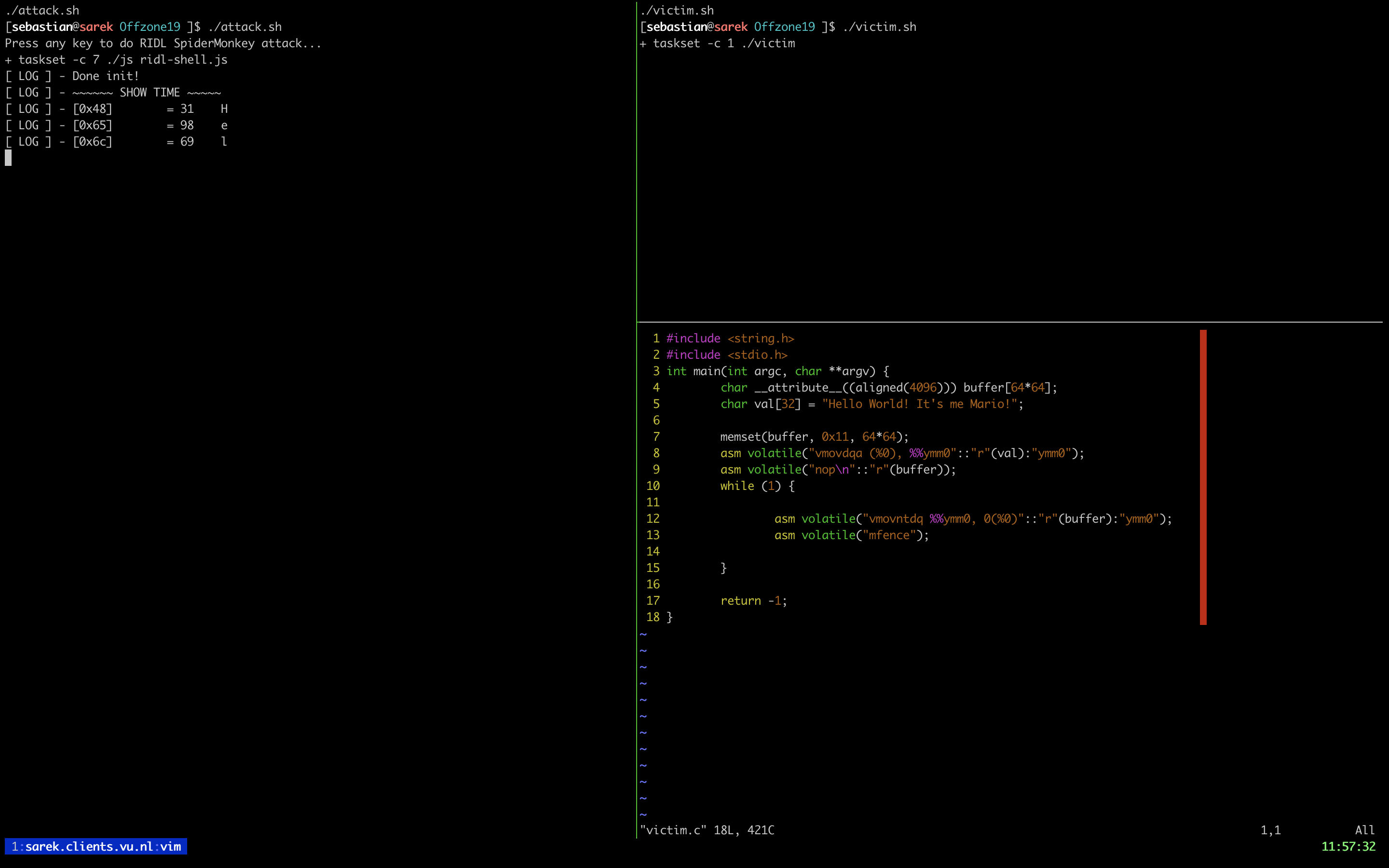
From the browser
Existing Mitigations
Three mechanisms:
Inhibit Trigger (stop speculation, fences, retpoline)
Hide Secret (KPTI, array index masking, L1d flush)
Disrupt channel of leakage (disable timers)
Why they fail
Existing mitigations fail because they assume addressing
RIDL Mitigations
Same-thread:
verwoverwrites affected buffersSpecial Assembly snippets
MD_CLEAR workaraound
__asm__ __volatile__ (
"lfence\n\t"
"orpd (%1), %%xmm0\n\t"
"orpd (%1), %%xmm0\n\t"
"xorl %%eax, %%eax\n\t"
"1:clflushopt 5376(%0,%%rax,8)\n\t"
"addl $8, %%eax\n\t"
"cmpl $8*12, %%eax\n\t"
"jb 1b\n\t"
"sfence\n\t"
"movl $6144, %%ecx\n\t"
"xorl %%eax, %%eax\n\t"
"rep stosb\n\t"
"mfence\n\t"
: "+D" (dst)
: "r" (zero_ptr)
: "eax", "ecx", "cc", "memory"
);RIDL Mitigations
Same-thread:
verwoverwrites affected buffersSpecial Assembly snippets
Cross-thread:
Complex scheduling and synchronization
RIDL Mitigations
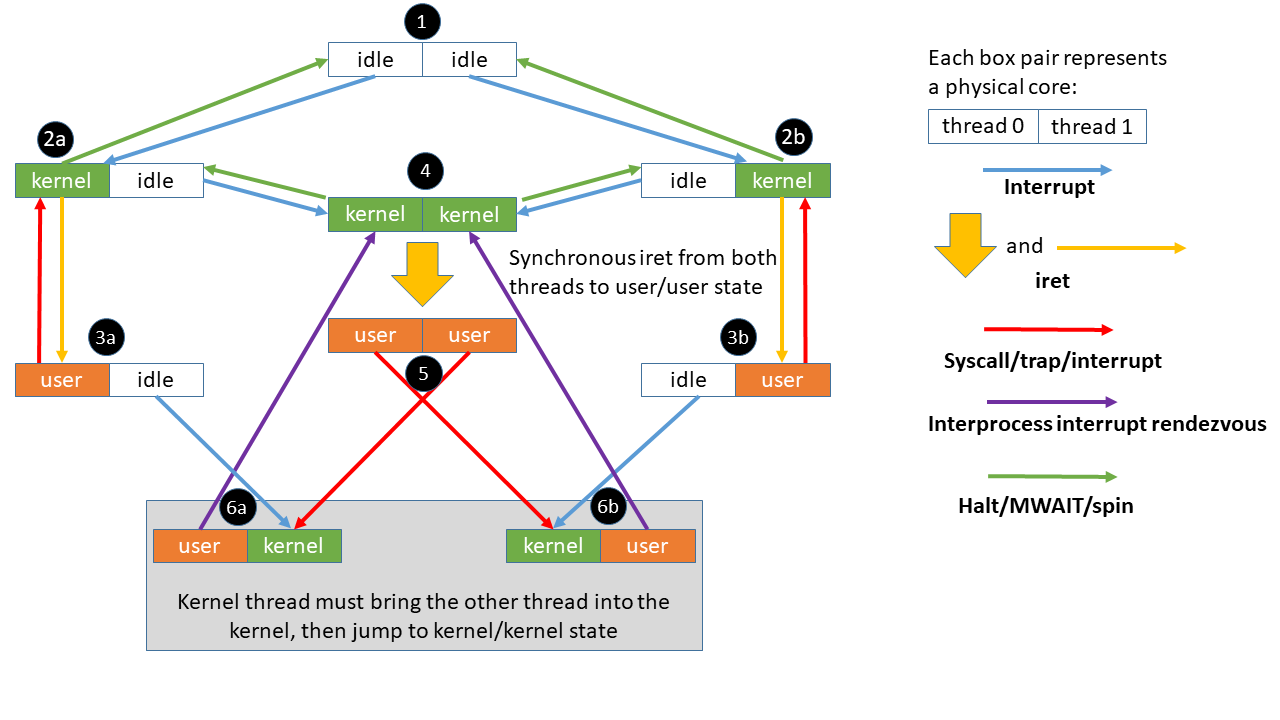
RIDL Mitigations
Same-thread:
verwoverwrites affected buffersSpecial Assembly snippets
Cross-thread:
Complex scheduling and synchronization
Disable Intel Hyper-Threading®
Future of mitigations
Looking at the diagram, there might be other issues…
Future of mitigations
Yet another spot mitigation!
Take home message
These issues need to be fixed at a fundamental level before attackers start abusing these in the wild!
Disclosure process
MDS Tool
Stephan wrote a tool to verify your system:
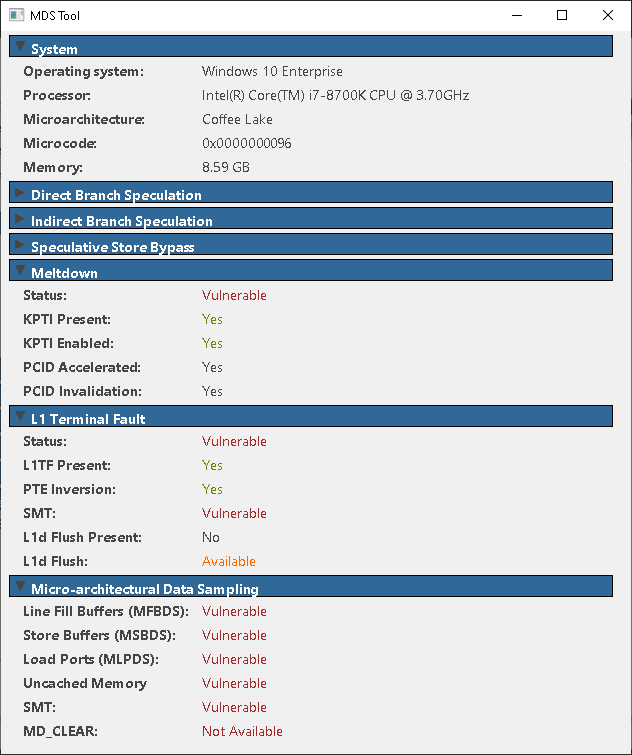
Conclusion
Spectre and Meltdown, just one mistake?
New class of speculative execution attacks
Many more buffers other than caches to leak from
Does not rely on addresses ⇒ hard to mitigate
Across security domains, and in the browser
Conclusion
Spectre and Meltdown, just one mistake?
New class of speculative execution attacks
Many more buffers other than caches to leak from
Does not rely on addresses ⇒ hard to mitigate
Across security domains, and in the browser